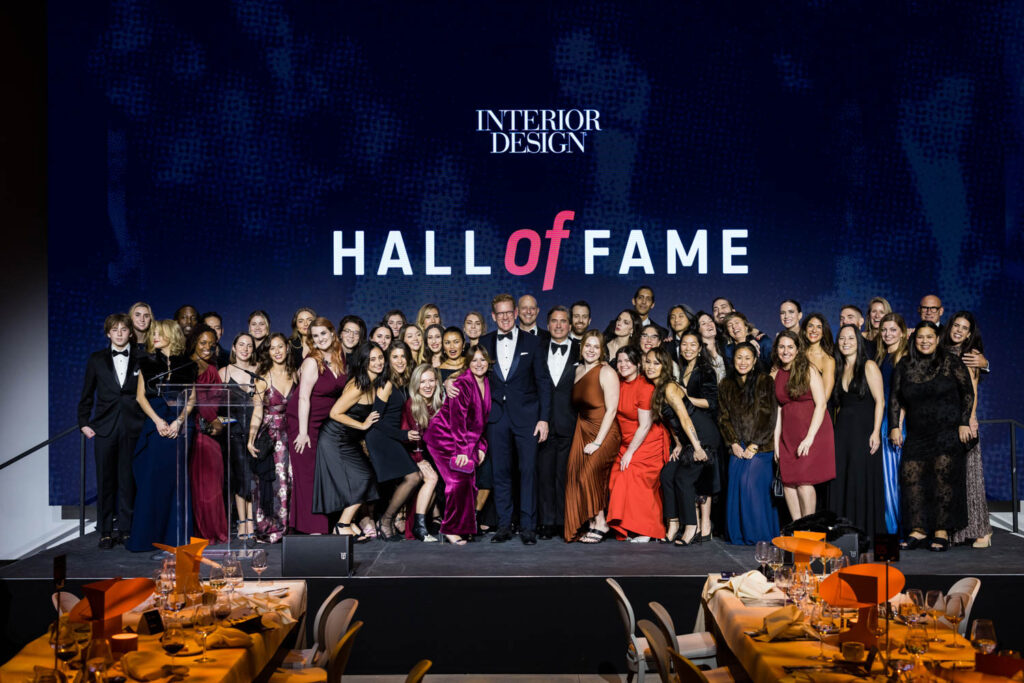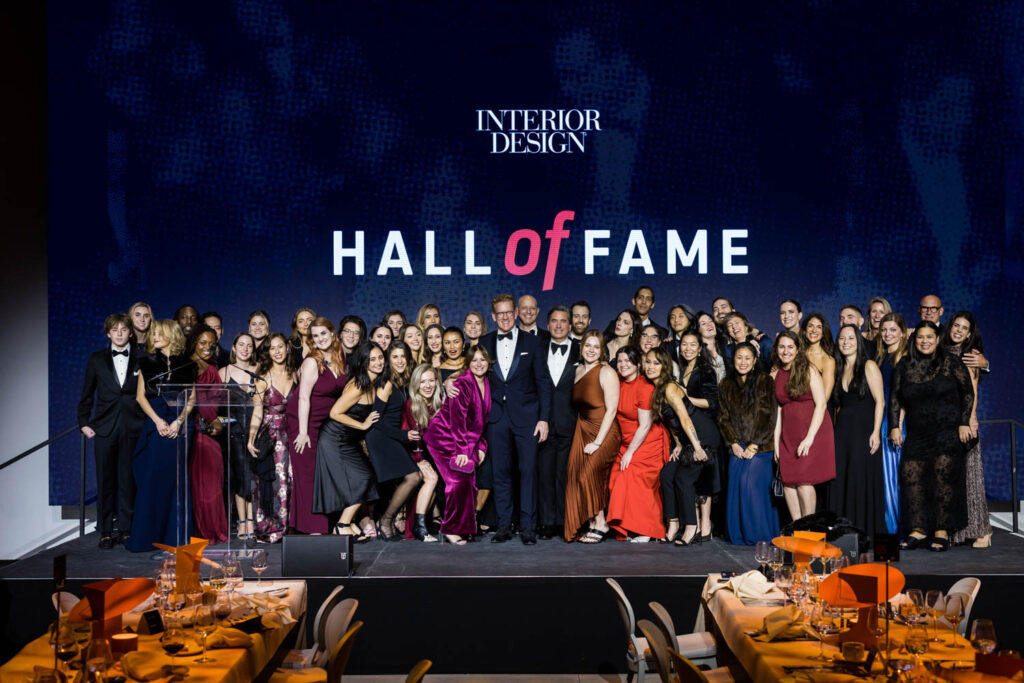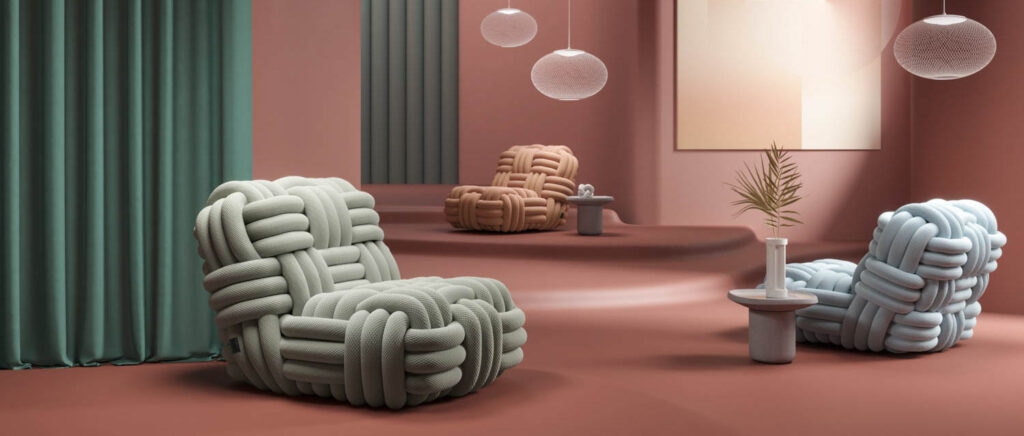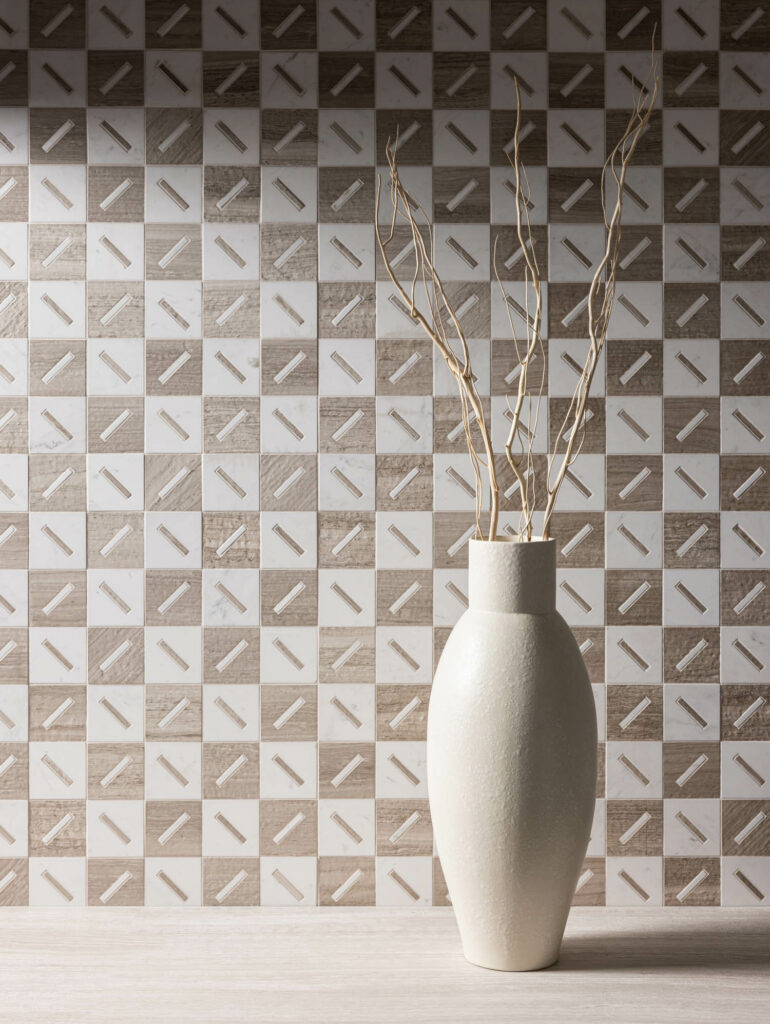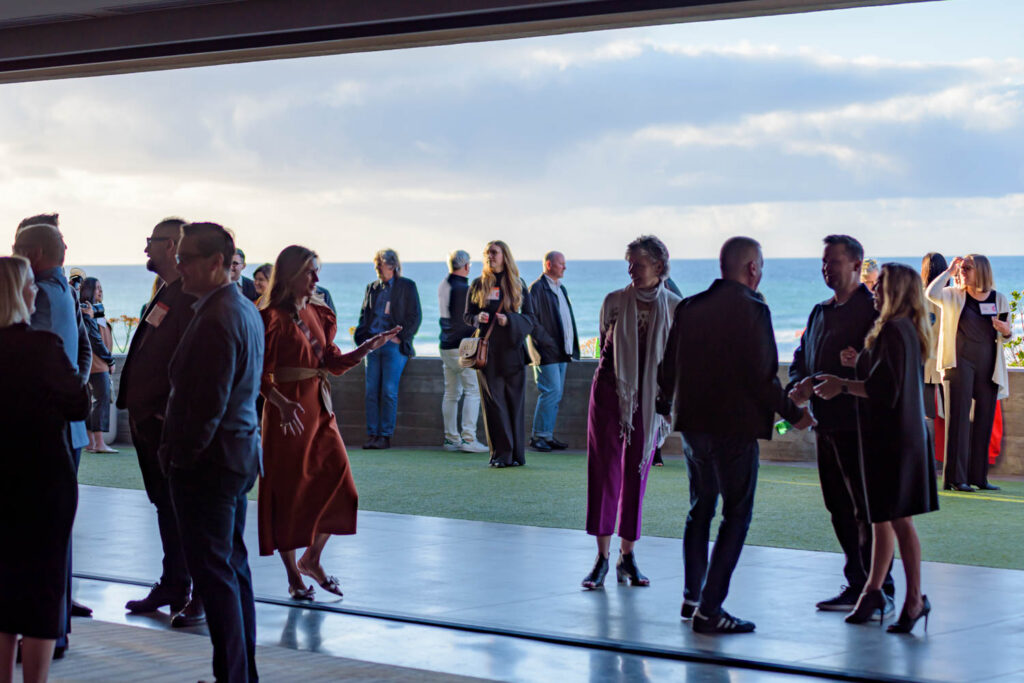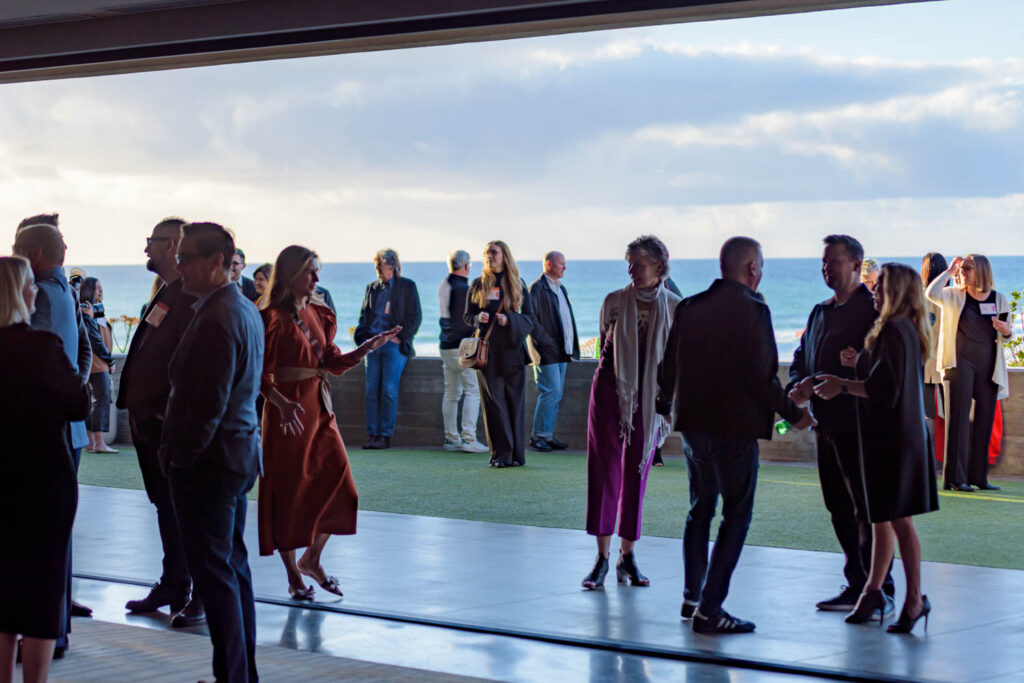
Aidlin Darling: 2023 Interior Design Hall of Fame Inductees
Joshua Aidlin and David Darling met at the University of Cincinnati where they earned their bachelors’ in architecture in 1988. But when it came to founding their San Francisco firm a decade later, they called themselves designers. Since then, Aidlin Darling Design has done it all, with commissions spanning the U.S., Hong Kong, and Doha, Qatar. The project range is equally encompassing, from private residences, restaurants, and wineries to corporate facilities, cultural centers, and sui generis spaces that defy neat categorization beyond being places of quiet contemplation. Sculptural furniture is part of ADD’s oeuvre, too.
Despite the diversity of the output—and Aidlin and Darling’s determination to eschew signature statements—experiencing a completed project unequivocally identifies it as one of theirs. The common thread that weaves through the multivarious assignments relates to a set of core principles. Ask the designers about them, however, and the conversation soon veers off in unanticipated directions.
An Inside Look at Aidlin Darling’s Design Ethos
Enter such words as “healing,” “spiritual,” “soulful.” Concepts of community and societal and environmental responsibility loom large. As does connection to art, artists, and a tightly knit group of makers. “We focus on attentiveness to the human body, how it occupies space and picks up sensory information,” Aidlin begins. “Design is a social act, not a commodity,” Darling continues. “It involves knowledge of history and poetry.” Project longevity is key.
An abbreviated tour of their work concretizes the abstractions. The Prow, a biophilic retreat for Expedia Group staff, nestles like an elongated bird on the company’s 40-acre Seattle campus and “brings people out of their shell to re-engage in a nurturing environment,” Aidlin reports. “It’s a call to combat the deadness of sitting in front of a computer,” Darling adds. An analogous haven for reflection, the Windhover Contemplative Center at Stanford University in Palo Alto, California, houses a collection of large meditative paintings in a rammed-earth and wood structure that integrates seamlessly into its landscaped setting.
“We’re always trying to perfect our response to a condition,” Darling acknowledges, an approach that applies equally to the firm’s residential work. For what’s accurately dubbed the Tree House, also in Palo Alto, that meant allowing existing live oaks and majestic redwoods to anchor the sustainably built dwelling, its ground-floor living areas extending into the surrounding garden, its second floor engaging with the leafy canopy. On the hospitality front, In Situ, the now-closed restaurant in the San Francisco Museum of Modern Art, was multilayered, sophisticated, but a tad rough around the edges, echoing the museum’s “mission of making art more accessible and less intimidating,” Darling observes.
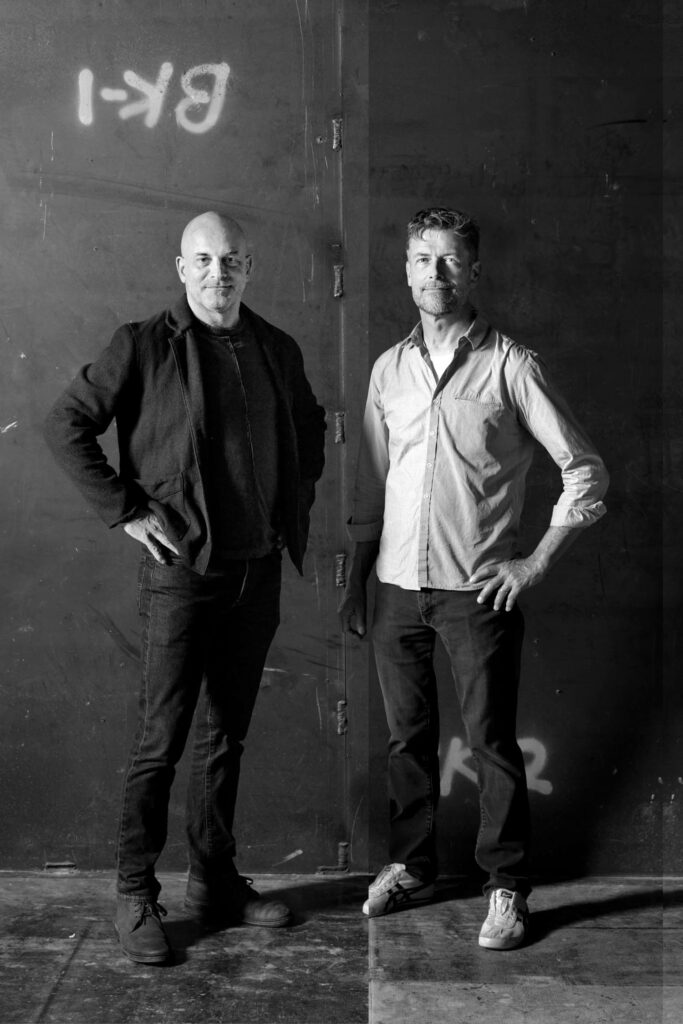

From Rural Roots to Urban Scapes
The impulse toward inclusivity comes naturally to both. Born in northern Ohio, Aidlin spent his formative years on an old dairy farm his parents had converted into a family home and studio where his late father, artist Jerome Aidlin, sculpted in bronze and forged steel. Initially, the younger Aidlin rejected his creative roots in favor of athletics, specifically baseball. But, after traveling through Europe, Canada, and Mexico, he was drawn to San Francisco, where in 1995 he started a furniture studio, which eventually expanded into architecture, landscape, and interiors when he joined forces with Darling in 1998. The latter—fresh from stints in the offices of the late Charles Pfister, Stanley Saitowitz, and BraytonHughes Design Studios—was born in Sacramento but also grew up in rural Ohio. From a family of engineers, Darling knew early on he’d be an architect: “At 5, I was building houses with toothpicks and Elmer’s glue.”
Aidlin and Darling proved ideal partners; the studio prospered and, though it has resisted becoming too large, now numbers 26 employees representing nine countries. The Hall of Fame induction is among 280 local, national, and international honors, which include a 2013 National Design Award from the
Get Ready for 2024: See what’s next for Interior Design‘s Hall of Fame event with a peek at what we’re planning for the 40th annual gala. Discover Hall of Fame details.


Cooper-Hewitt, Smithsonian Design Museum. The two principals laud each other. Darling on Aidlin: “He’s extremely analytical. He wants to know everything to attack with poetry and precision.” Aidlin on Darling: “David is the opposite. He can suspend belief and rely on intuition honed by experience.”
In true designer fashion, Darling admits their favorite project “is the next one.” That might be the Contemplative Sciences Center at the University of Virginia in Charlottesville, a 60,000-square-foot stone, brick, and timber structure with meditative spaces and a courtyard garden focused on student well-being. “It’s another powerfully spiritual building,” Aidlin notes. Another “next” project may be ADD’s largest ever: the ongoing renovation of the Robert Mondavi Winery complex, which was founded in Napa, California, in 1966. At roughly 230,000 square feet, with existing mission-style structures that will be restored or gutted as well as new-builds, the collaboration with Surfacedesign is slated for completion in 2025. “We’re touching every square inch,” Darling says.
The recently completed Center for Architecture + Design and AIA San Francisco headquarters is perhaps closest to Aidlin and Darling’s hearts. The 10,000-square-foot project, which includes not only offices and meeting rooms but also a bookstore, café, and gallery, draws public appreciation of these disciplines through exhibitions, lectures, and film series. “It’s a vehicle for raising cultural understanding and cultivating grass roots,” Darling explains. “It’s somewhat like a museum,” Aidlin continues. “We called on all our relationships with Bay Area makers.” Which characterizes ADD’s inclusive ethos to a T.
Watch the Hall of Fame Documentary Featuring Aidlin Darling Design
Discover Aidlin Darling’s Diverse Designs


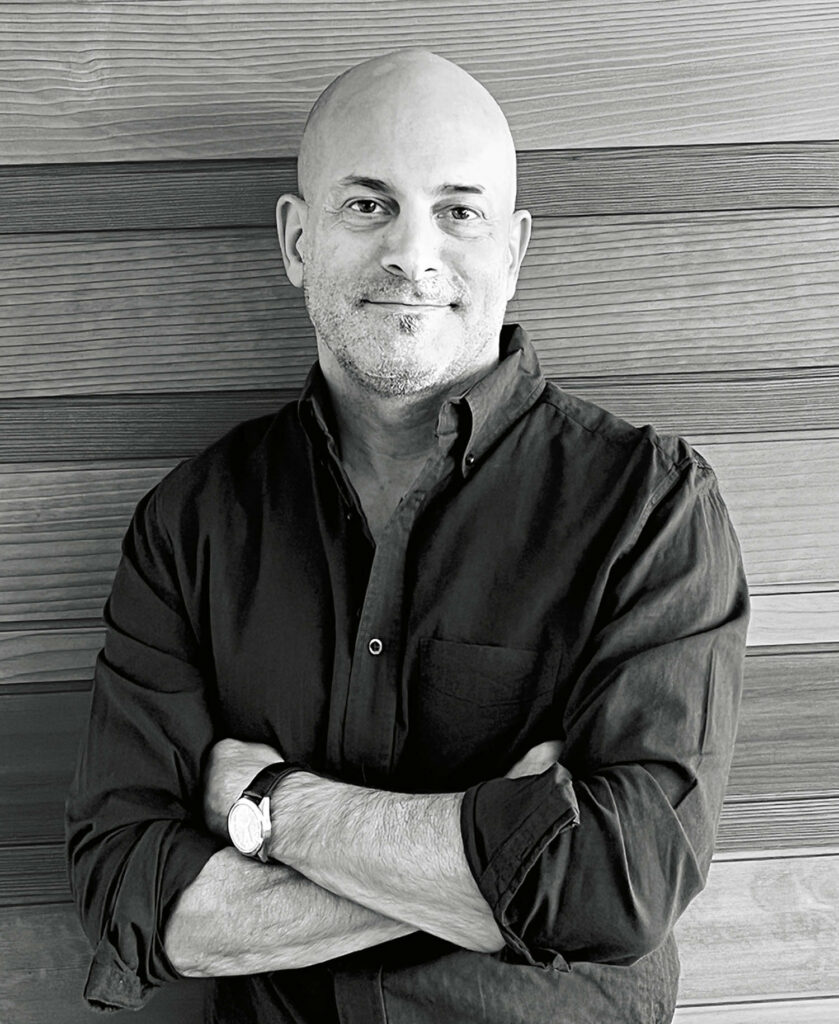
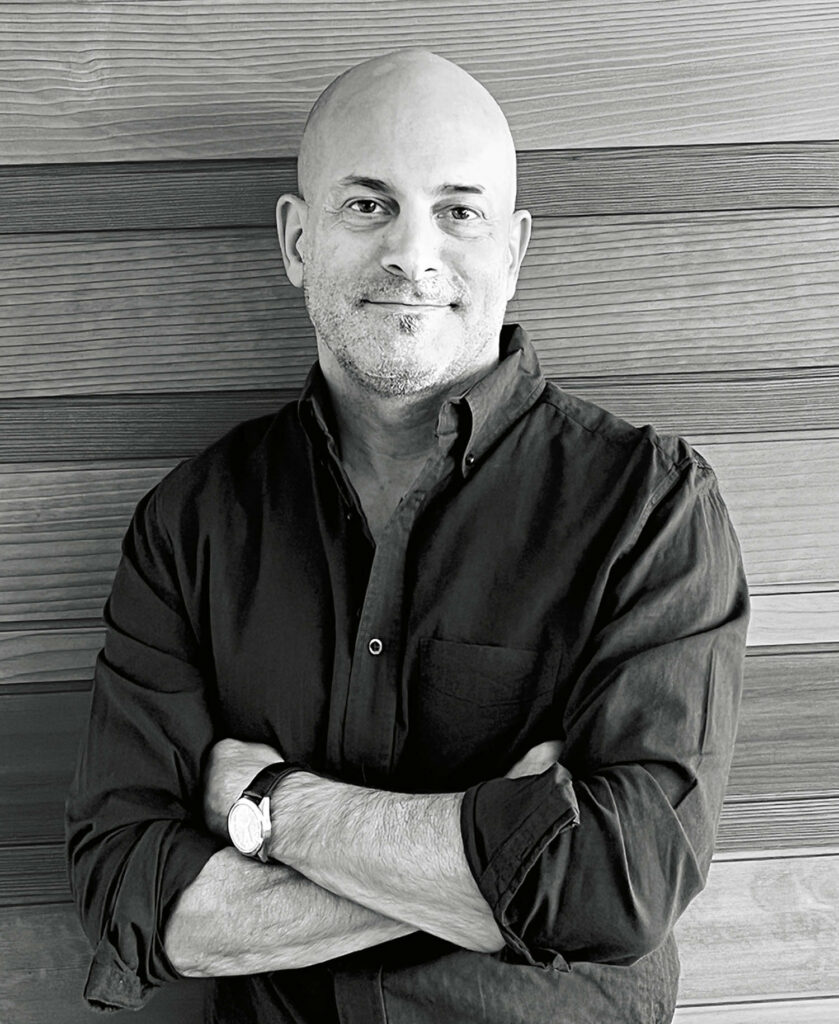

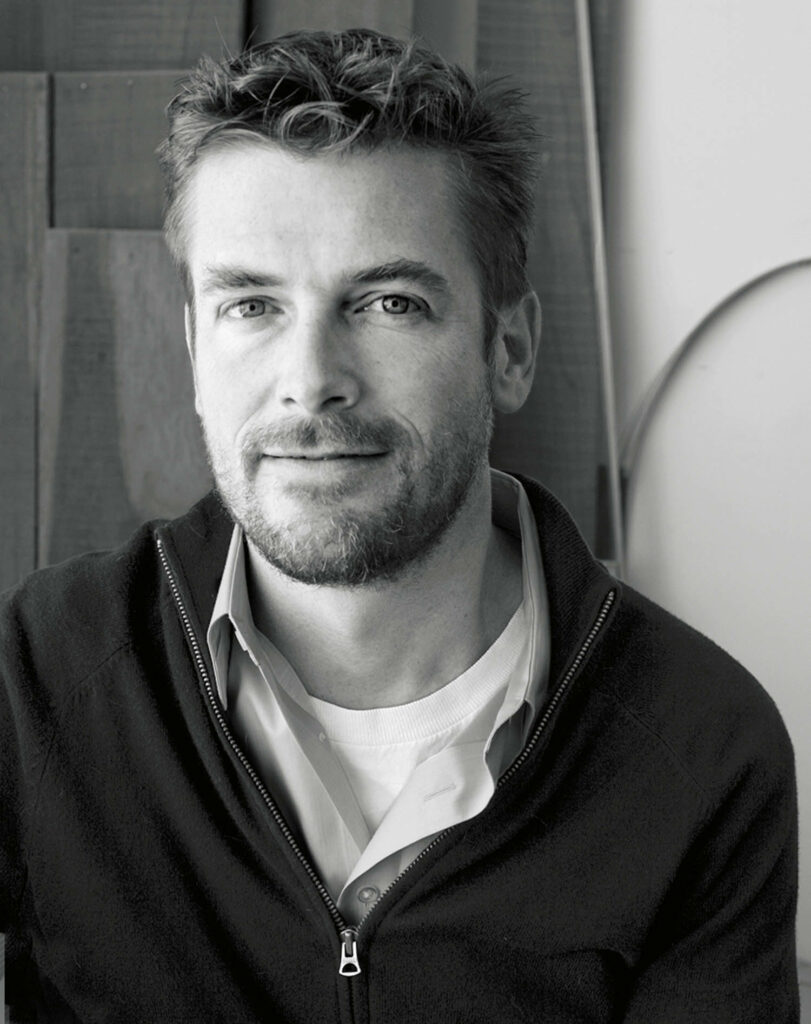

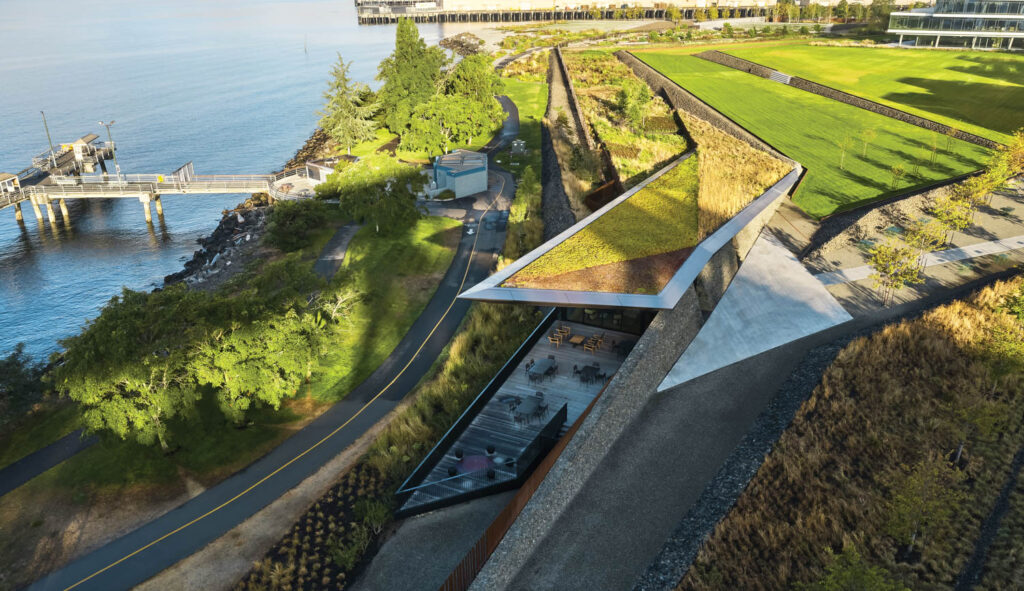

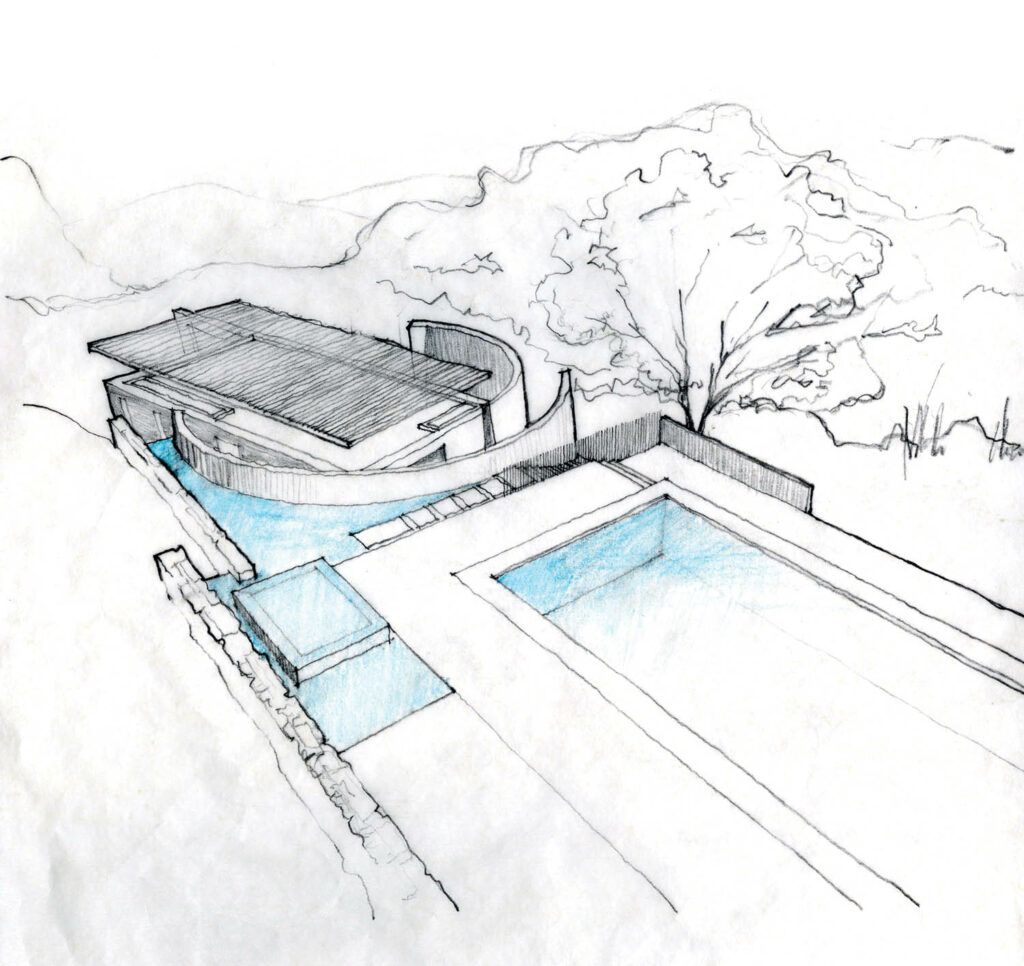



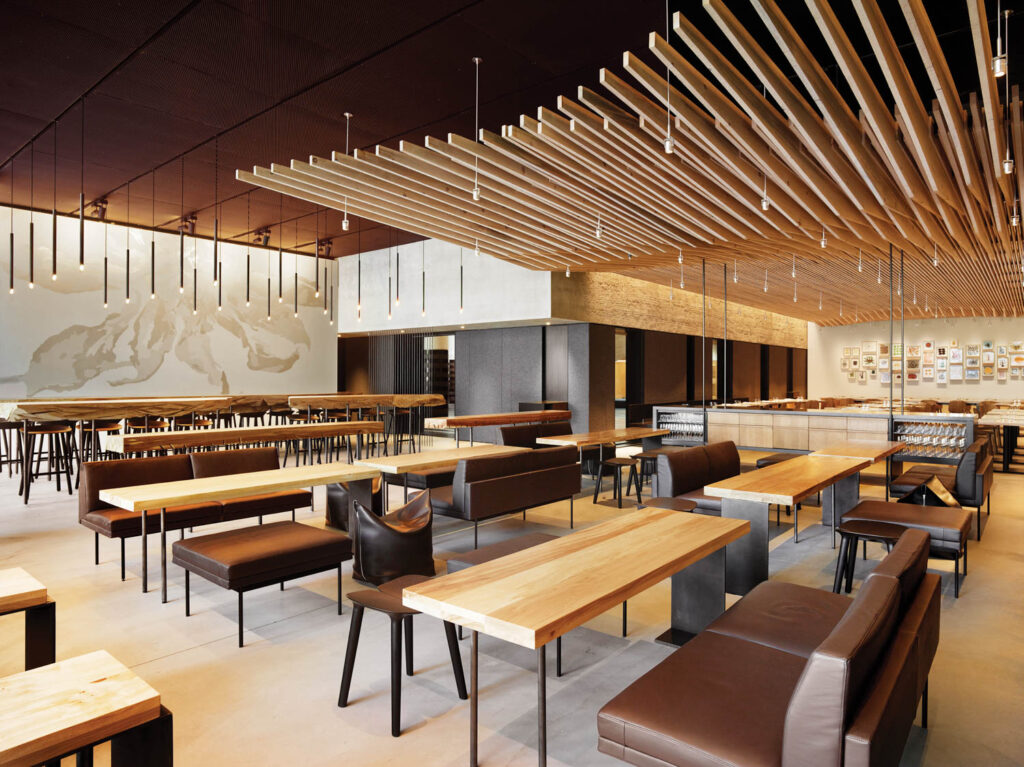

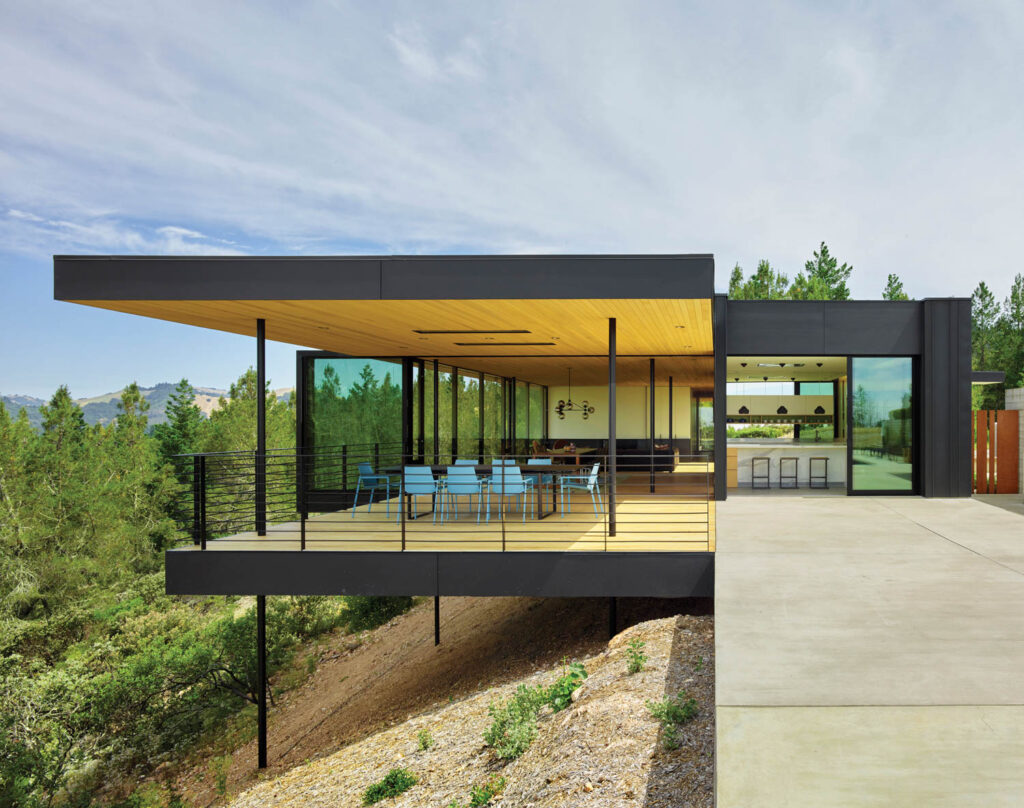

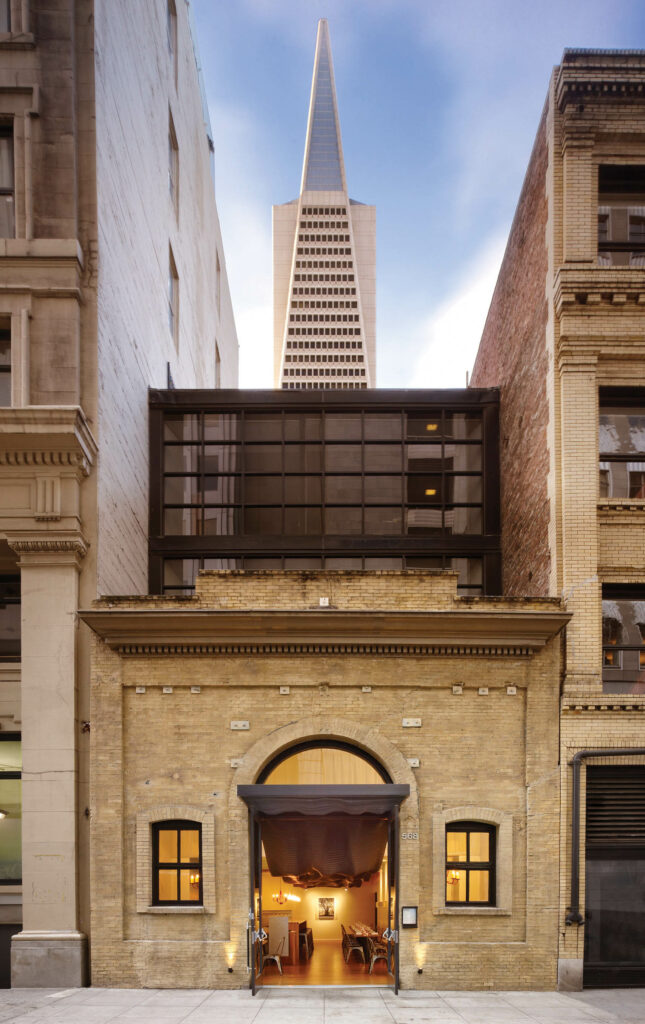


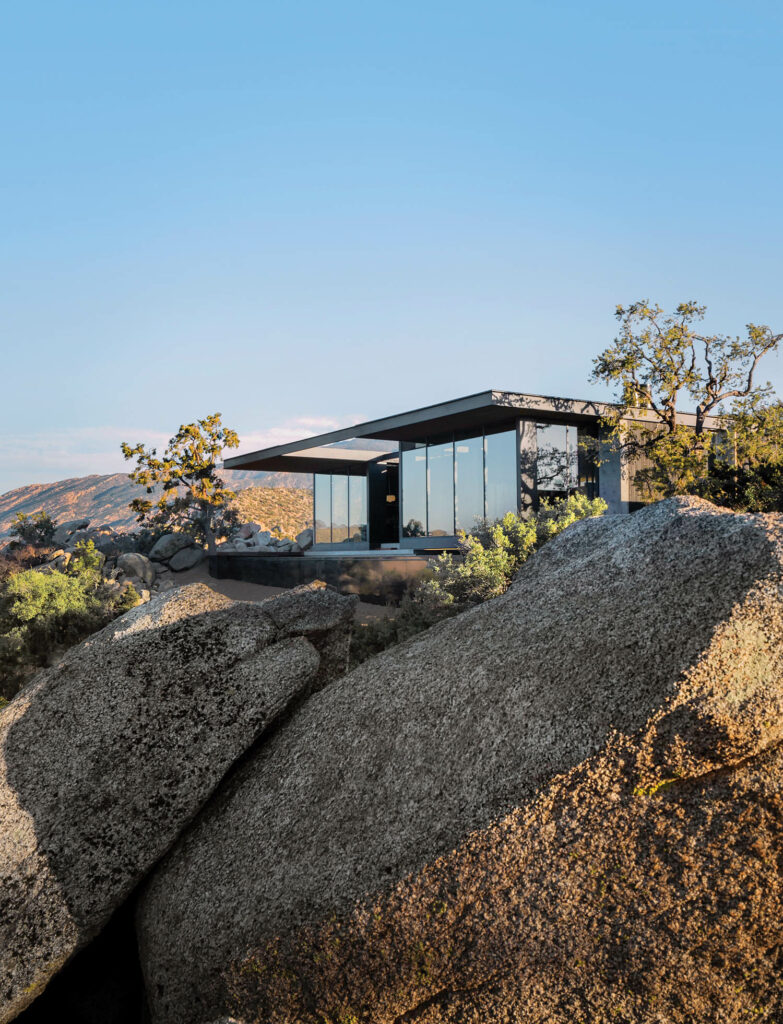

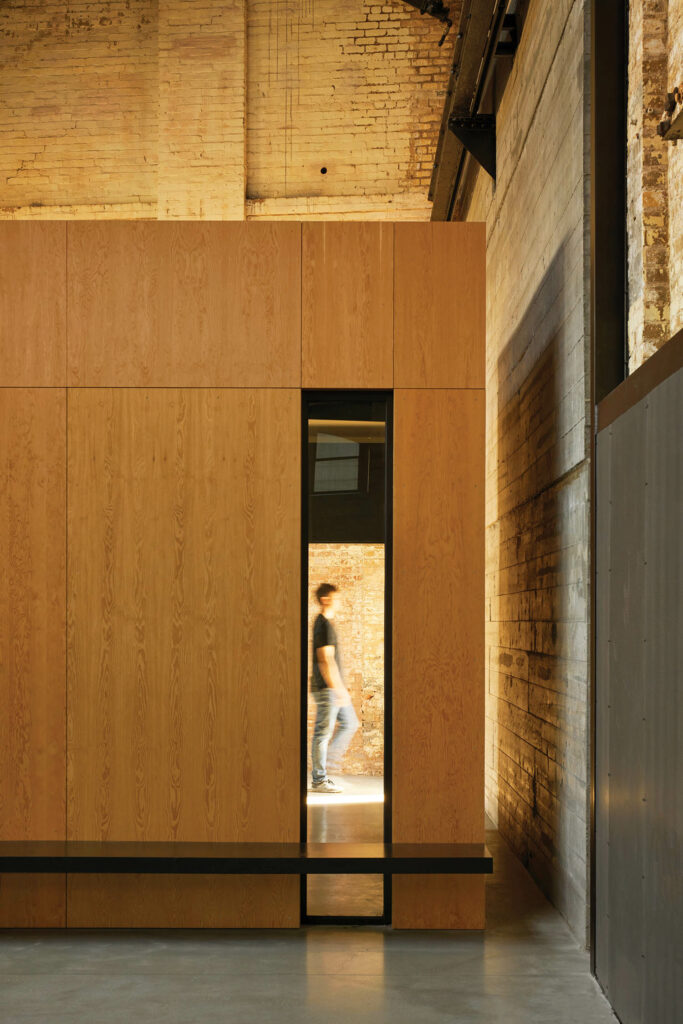



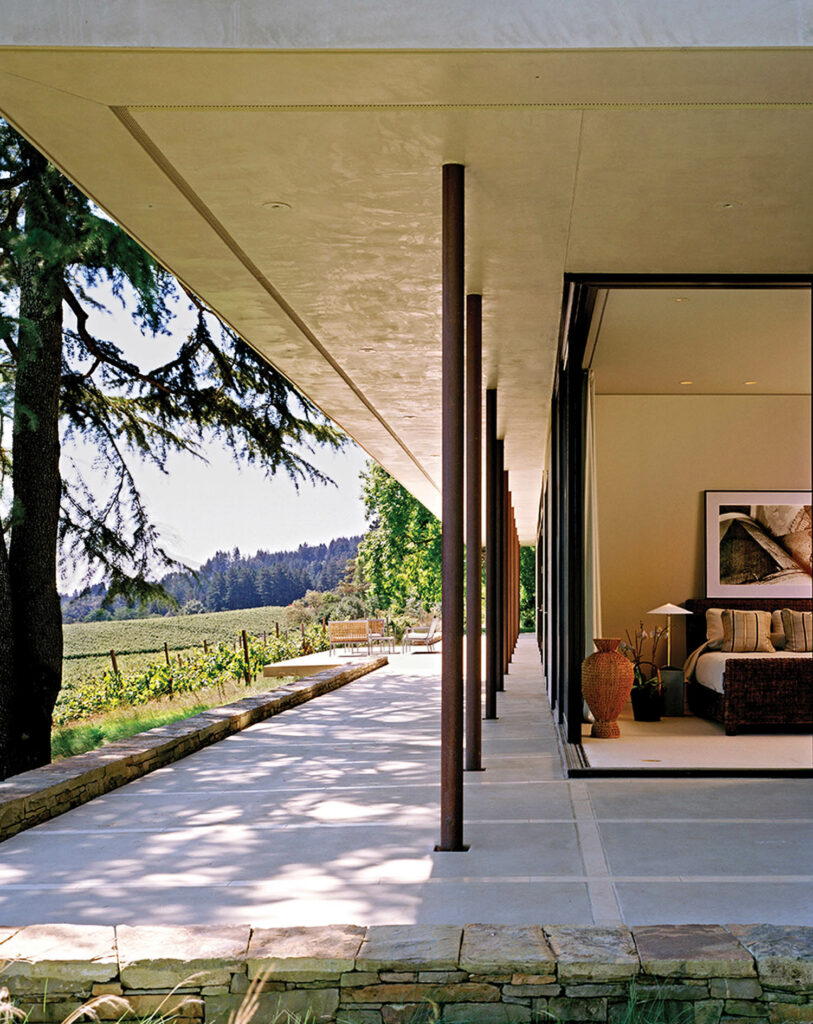

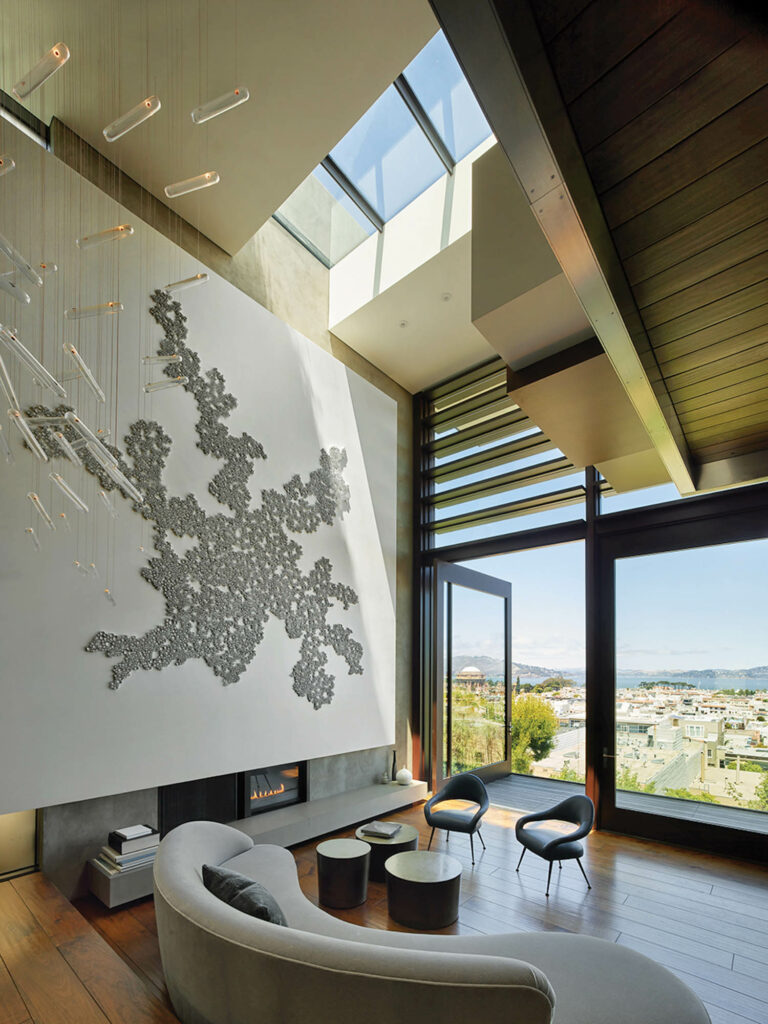



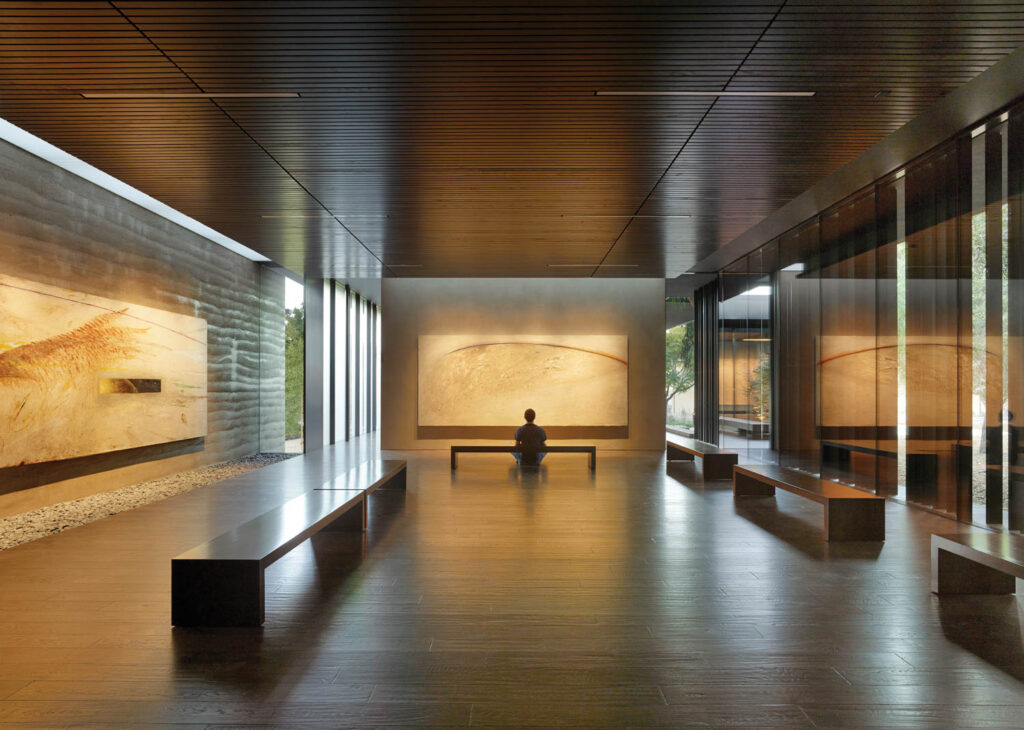

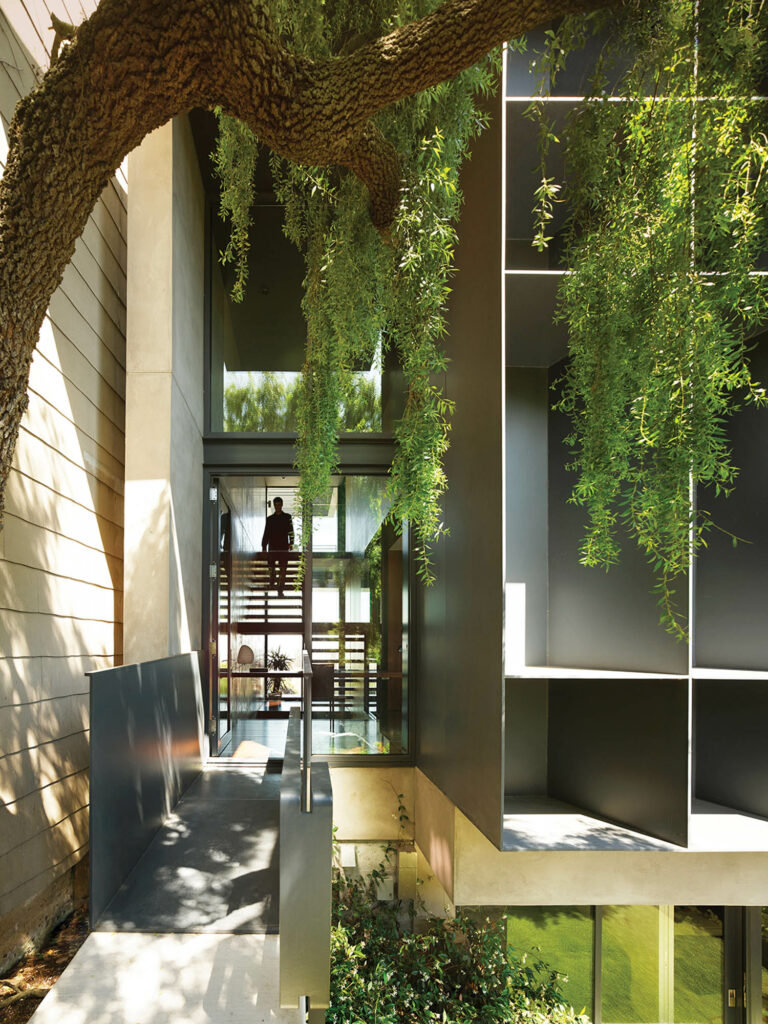

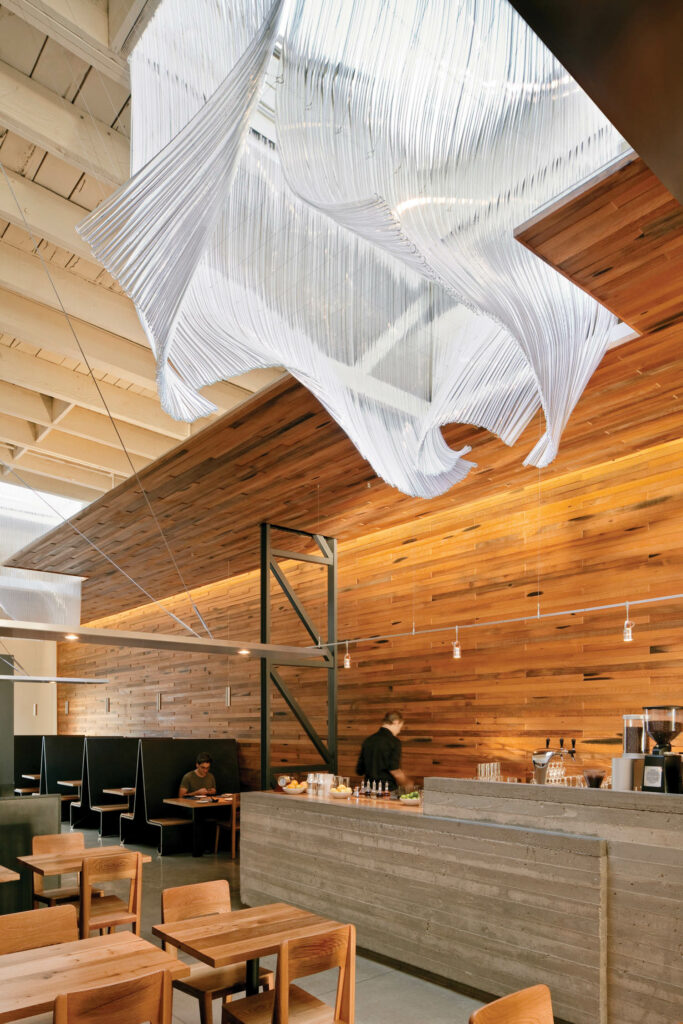

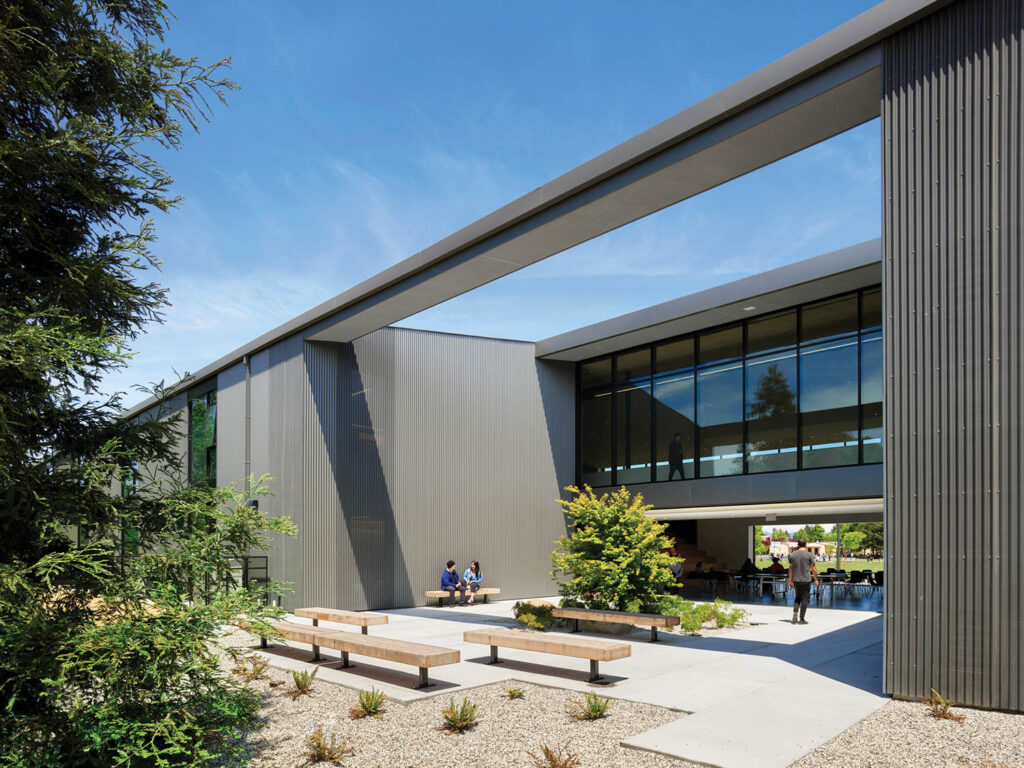
read more
DesignWire
Interior Design Unveils 2023 Hall of Fame Inductees
The secret’s out—Interior Design’s 2023 Hall of Fame honorees are in! See the five standout designers and creatives leading the industry forward.
DesignWire
The 2023 Best of Year Awards Finalists Revealed
Interior Design reveals project and product finalists for the 18th annual Best of Year Awards. Register to watch the awards ceremony live on December 7th!
Projects
Aidlin Darling Design Carves Out a Soaring Home on a Bay Area Precipice
Aidlin Darling Design carves out a soaring yet grounded home on a dramatic Bay Area precipice.
recent stories
DesignWire
Top Product Picks from the 2024 Kitchen & Bath Industry Show
Check out the sizzling, must-see products that have graced the show floor of NKBA’s KBIS 2024, from Barbie pink faucets to sleek gas cooktop ranges.
DesignWire
10 Questions With… Architect and Designer, Victoria Yakusha
Ukrainian architect, designer and artist Victoria Yakusha sheds light on her overall practice and the ongoing challenge of the war in Ukraine.
DesignWire
Giants and Rising Talent Attendees Explore How Science Shapes Design
What type of environment optimizes cognitive function? A neuroscientist explores this question and more during Interior Design’s Giants and Rising Talent event.
